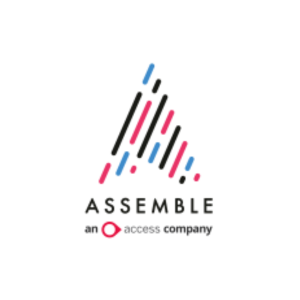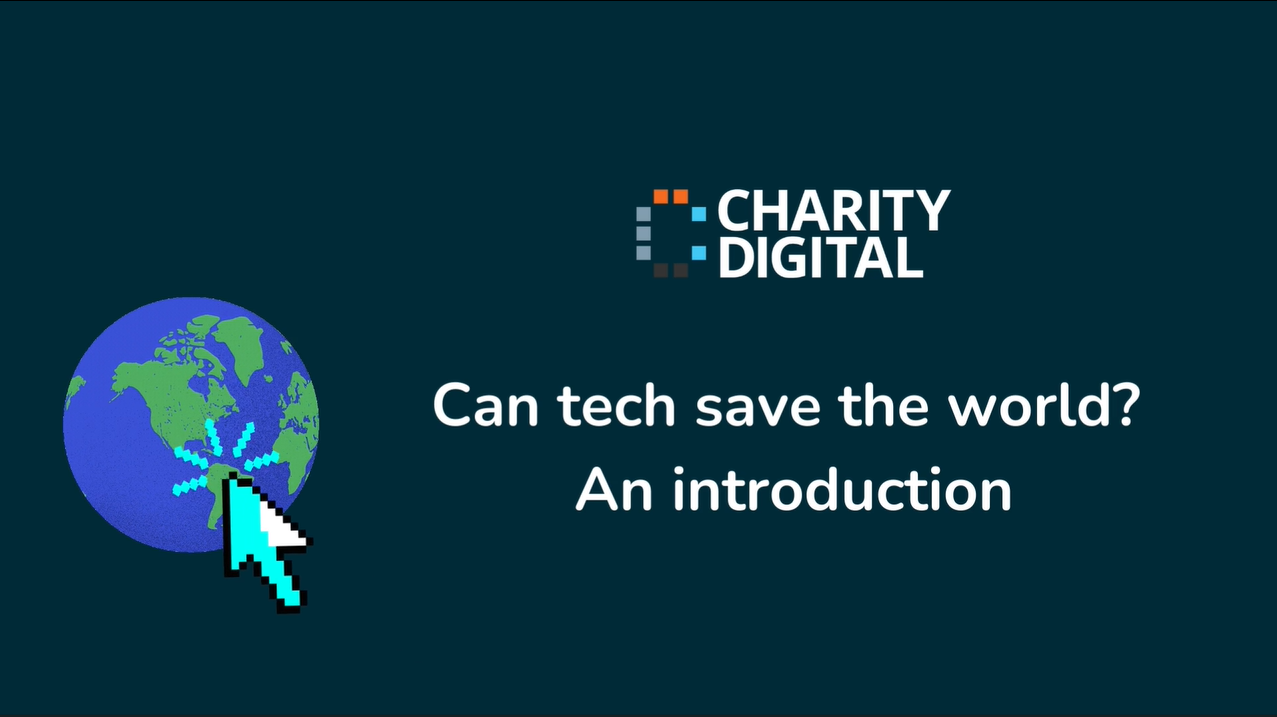Insights
INSIGHTS
All Topics
How to embed sustainability in decision making
19 Dec 2022by Mary Wessel
You have viewed all of your 1 articles as an unregistered user
To continue reading this article please register.
For unlimited access to our free content, please register.
Mary Wessel
More on this topic
17 Apr 2025by Charity Digital
Charity finance: your month-end checklist
03 Apr 2025by Laura Stanley
Charity Digital Exchange: Enhancing communication and productivity with Slack Messaging Platform
Related Content
Recommended Products
Featured Products
Related Videos
03 Apr 2025by Laura Stanley
Charity Digital Exchange: Enhancing communication and productivity with Slack Messaging PlatformSponsored Article
28 Mar 2025by Christine Chiu
Three essential strategies for cyber security
Our Events
Charity Digital Academy
Our courses aim, in just three hours, to enhance soft skills and hard skills, boost your knowledge of finance and artificial intelligence, and supercharge your digital capabilities. Check out some of the incredible options by clicking here.






















